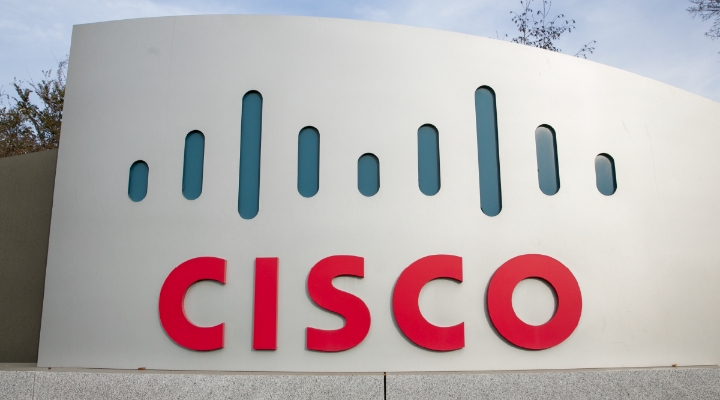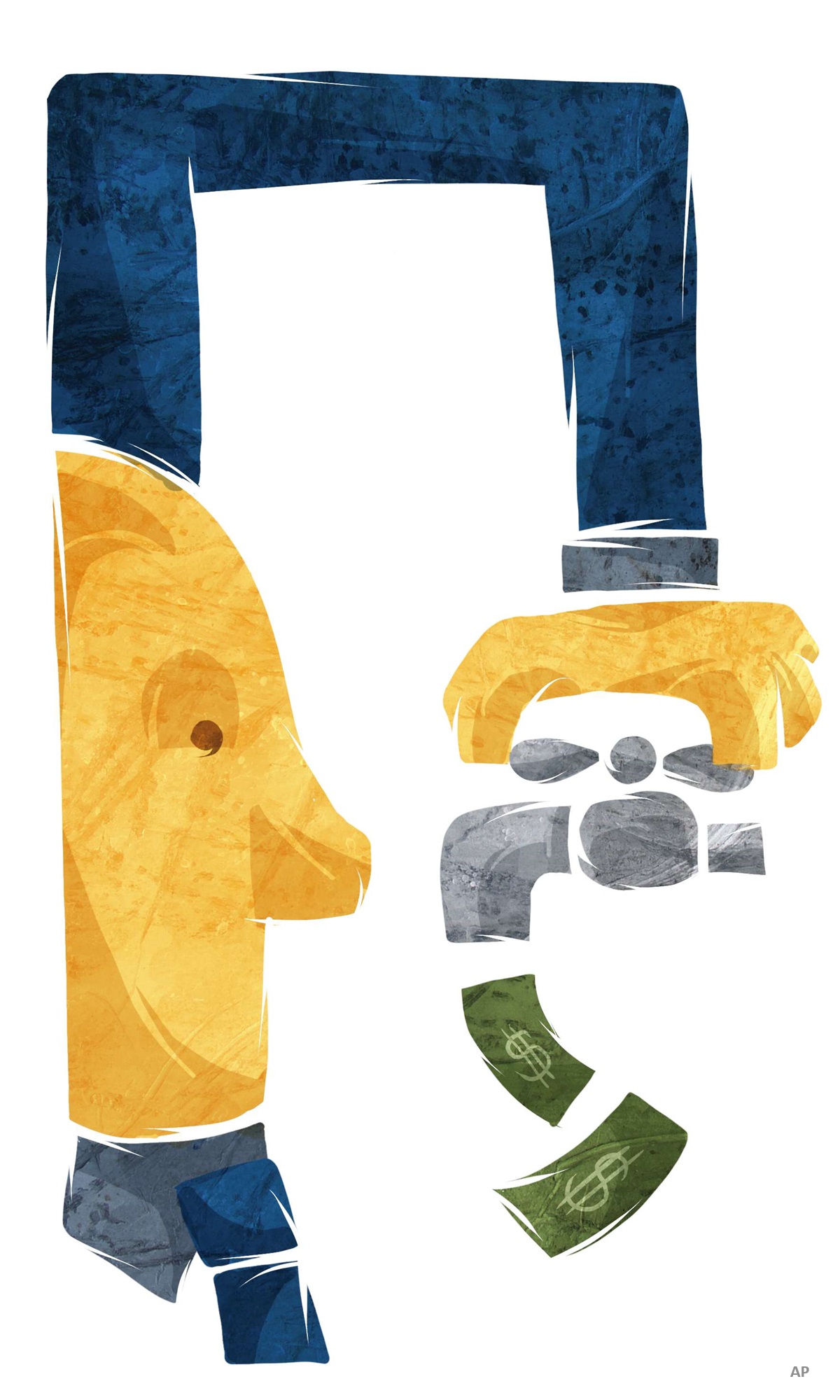 For broad market investors, 2023 was a volatile year. The Morningstar Canada Index in 2023 rose around 7.64% year to date, as of Dec 11th – faring much worse than the Morningstar Global Markets index, which was up 16.85%.
For broad market investors, 2023 was a volatile year. The Morningstar Canada Index in 2023 rose around 7.64% year to date, as of Dec 11th – faring much worse than the Morningstar Global Markets index, which was up 16.85%.
While much has been made of the run of the ‘Magnificent Seven’ stocks which have accounted for much of this year’s market gains, the true winner this year has been Bitcoin, which has risen to over US$ 41,000 (As of Dec 11) from US$16,613 at the start of the year. Ethereum also had a volatile year, up to US$ 2185 from US$ 1200 at the start of the year. As a result, most of the top performing funds of the year have been in either Bitcoin or Ethereum. Here’s the list:
Investors should remember, though, that cryptocurrencies as an asset class are fraught. "The eye-dazzling returns of crypto assets over 2023 should not be considered without broader context. Recall that an investor who took a position in Bitcoin at the peak of the market (unfortunately, many did) ramping up to the tail end of 2021 is still sitting on a significant loss despite this year's crypto rally. Investors who have shorter time horizons or generally lower risk tolerances would be well served to proceed with extreme caution around volatile asset classes like this, at the risk of not being able to reach their financial goals," points out Morningstar Canada’s director of investment research Ian Tam.
Top Performing Canadian Mutual Funds in 2023
“Most of the traditional funds on this list have a technology focus, which is not surprising as it was the top performing sector year to date and only saw real weakness in Q3. Investors should be cautious when interpreting the results of bitcoin. The asset class has been known to be highly volatile but has performed well this year, particularly so far this quarter,” said Danielle LeClair, Morningstar Canada’s director of manager research.
Of the funds on the list that are NOT in cryptocurrencies, two earn a Morningstar Medalist Rating – the BMO ARK Innovation Fund, which earns a Morningstar Medalist Rating of Neutral, and the BMO Nasdaq 100 Equity Series F which earns a Morningstar Medalist Rating of Bronze.
According to Morningstar’s manager research team, The BMO ARK Innovation fund portfolio maintains a cost advantage over competitors, priced within the least expensive fee quintile among peers. The strategy’s management team earns a Below Average People Pillar rating. The strategy merits a Below Average Process Pillar rating.
“Portfolio manager Cathie Wood lacks a robust approach to understanding or mitigating the portfolio’s risks and instead relies on her instincts, which haven’t proven effective. The firm, which has no risk-management personnel and vaguely defined risk controls, views the subject almost exclusively through the lens of its bottom-up stock research. But this provides little visibility into the portfolio’s aggregate risk exposures, which can make or break a fund’s returns during one market environment or another. The firm is poorly positioned to prepare and react. The firm’s large ownership stakes in many of its portfolio companies amplifies the challenge of selling them without pressuring their stock prices—yet another unique downside risk of this strategy,” says analyst Robby Greengold.
On BMO Nasdaq 100, Morningstar’s manager research team says the portfolio maintains a sizable cost advantage over competitors, priced within the lowest fee quintile among peers. The strategy’s management team earns an Average People Pillar rating. The strategy merits a Below Average Process Pillar rating. The strategy's parent organization earns the firm an Average Parent Pillar rating.
“The companies that shape the bulk of this portfolio receive lofty valuations that reflect their promise. They tend to prioritize growth by reinvesting most of their profits into research and development. So, while this is not a growth fund by design, the portfolio backs into a growth tilt that mirrors the Russell 1000 Growth Index. A 100-stock portfolio and market-cap weighting make this a large-minded, top-heavy portfolio. Its average holding was nearly 50% larger than the Russell 1000 Growth Index’s from May 2018 through April 2023. And over that span, the 10 largest holdings constituted 49%-59% of the portfolio. Piling into the market’s hardest hitters has paid off over the past 15 years, but broad diversification is more attractive in the long run,” analyst Ryan Jackson says.
Why Mutual Fund Fees Matter
Fund fees are expressed on an annual basis but are typically charged monthly or quarterly. For most funds, fees are charged regardless of how the investment manager performs. Assuming an overall cost of 2% to own a fund, if in one year a fund returns 6%, you’ll receive roughly 4% for that year. However, if the fund loses 6%, you lose 8% after fees.
“Though perhaps not financially impactful in a single year, over time the effects of fees are substantial. In dollar terms, a $1000 invested in the index in 1998 results in a portfolio value of $4,500 after 20 years if there were no fees, but only $3000 if a fee of 2% was charged. Put in percentage terms, after 10 years, the impact of a 2% fee results in a difference of 18% less wealth when compared to no fees. After 20 years, that gap balloons to 33%,” explains Tam.
Bottom line is, you need to be diligent in monitoring the fees you’re being charged, because the fees you pay are detrimental to the amount of wealth you will end up with.




















